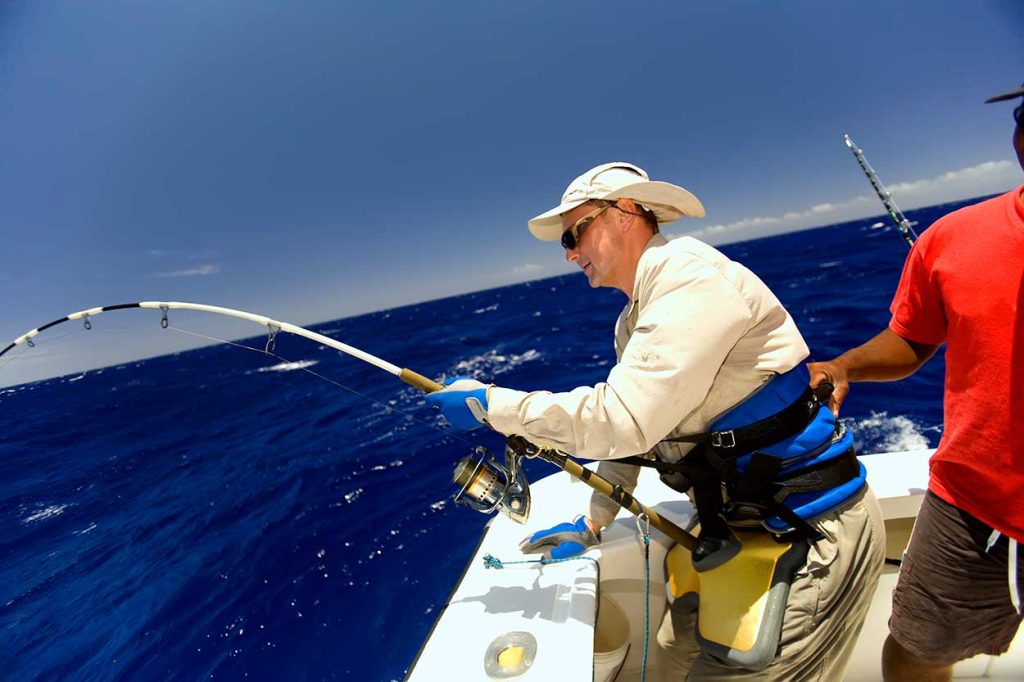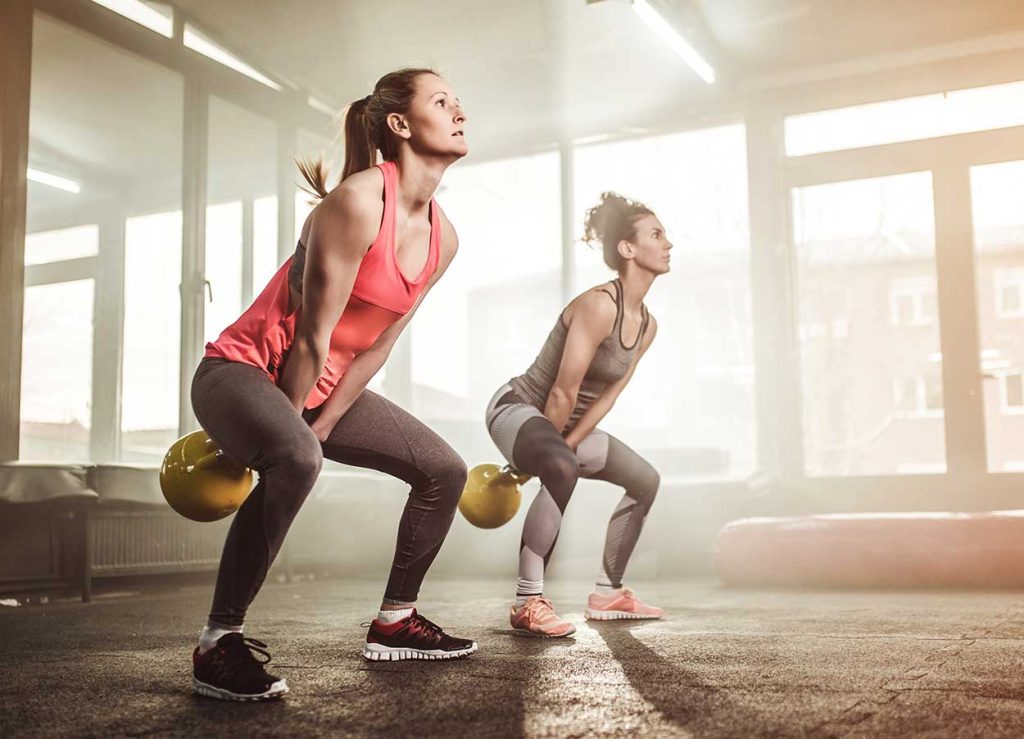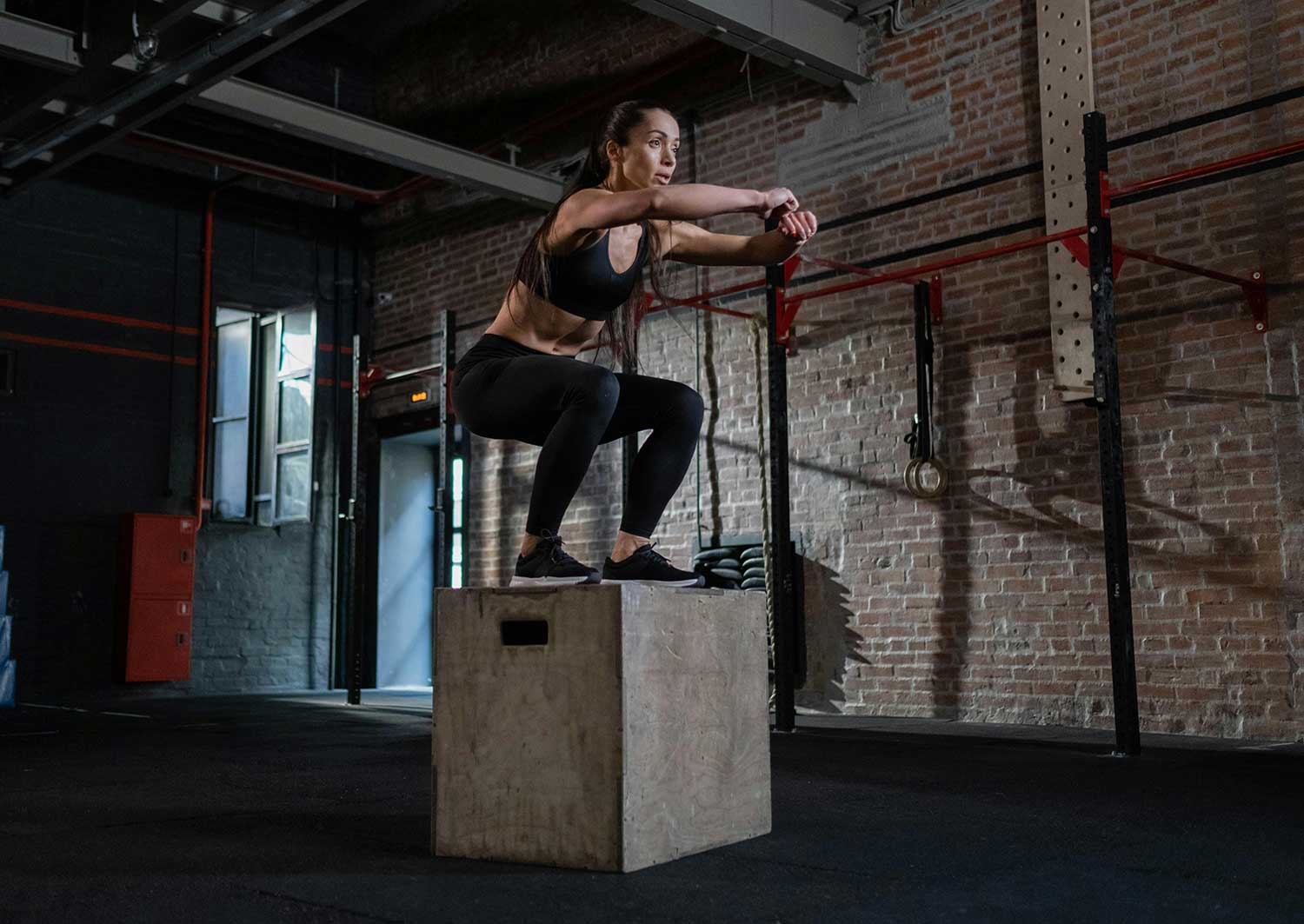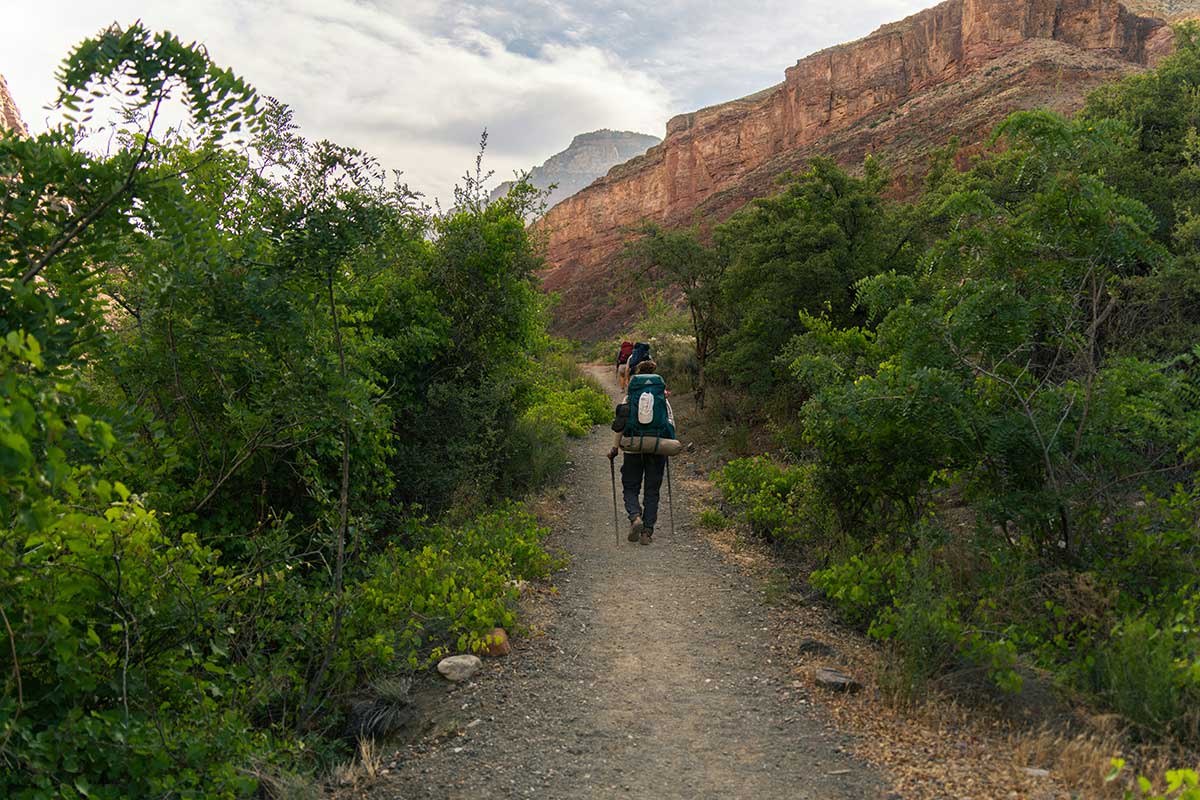One goal of exercise is to enhance our physical abilities, allowing us to live a better and more enjoyable life. I often tailor my workouts to target a specific activity I plan to enjoy. As an avid fisherman, I’ve been working out with a focus on the strength and endurance required for an upcoming deep-sea fishing trip. Some of the exercises and routines mentioned here were developed with the help of fellow gym rat and angler, Captain Ralph Mayans of the Sea Cross, based in Miami, FL.
There are numerous exercises and workouts that can enhance your fishing experience. We are going to focus on key muscle groups and exercises that will help you reel in that trophy fish without feeling like you’ve done a triathlon afterward.
Your most important functions when fishing and fighting big fish are core strength, grip and bicep training, and exercises for your legs and back. You want to have a well-rounded workout that targets all these functions and muscle groups, acclimating you to being on a boat that is constantly moving up, down, and side to side. There aren’t many things that can mimic being on the ocean while also trying to reel in your trophy fish. We will do our best to get you ready to do just that, whether you’re standing or sitting in a fighting chair.

Core Strength
Core and abdominal strength are among the most important factors when it comes to engaging in almost any physical activity, especially while on a moving boat. Sit-ups and crunches are the easiest and least impact exercises you can do, with planks coming in second. It’s always best to alternate between these 3 exercises to develop a full range of motion in your core.
If you want to progress to the next level of core exercises, I recommend using light weights and/or medicine balls to enhance your workout and make it more challenging. A strong core will help you balance and withstand the added strains of being on a surface that is constantly moving under you.
Grip and Arm Strength
Arms, grip, and upper body are essential for handling a fishing rod that has a nice fish on the other end. You will need arm, shoulder, and back strength to cast and reel at your body’s optimal level.
Pulling muscles are your most important muscles when it comes to reeling in fish, as you have to pull up your rod relentlessly while also pulling up your fish from the boat side. I recommend bicep curls, kettlebell swings, and even a crank machine if your gym has one. The crank machine will provide you with the endurance and simulation of fighting a fish for an extended period of time.
The next most important thing is your grip strength. It’s always best to improve grip strength with ropes and kettlebells. Kettlebells are also great for forearm curls because they help enhance wrist strength, which can help prevent wrist injuries. One of my favorite wrist strengthening exercises as a martial artist is knuckle pushups. If it’s your first time trying it, I recommend a soft surface like a rug or carpet.
Ropes are also great for strengthening your triceps and biceps, helping you improve your pulling muscles and grip power, which are very useful when fighting and handling large fish.
Back and Leg Strength
While fishing, you engage your whole body. Casting and reeling will require the use of arms, shoulders, back, and core. Fighting fish will engage your entire body as well. But balancing and engaging your legs and back are extremely important when either walking, wading, or being on a constantly moving boat.
We must be prepared to utilize our legs and back to support our other muscles, so we cannot overlook this. Some of my favorite workouts for strong legs and knees are lunges, squats, and leg extensions. These exercises will strengthen your legs and help support your knees, which are key to maintaining a solid base and foundation for your other muscles to work on.
One of my favorite exercises to target the back and legs is farmers walk or farmers carries. These are extremely basic and efficient movements that will help your movement with added weight. When you’re fighting big fish and holding onto that rod, you’re usually in a half-squat position and bending over, engaging your back muscles; therefore, exercises targeting your legs and back are crucial.
Stretching and Warmups
Before starting any physical activity, it’s essential to prepare your body for what you’re about to do. Ensure you stretch your shoulders and perform some shoulder rotations before casting. Always get your legs, calves, and ankles ready for the motions you are about to do to alleviate soreness and stiffness.
Stretch your wrists by doing wrist circles and other grips to help prevent wrist injuries and soreness. Overall, it’s best to loosen up your muscles and get the blood and oxygen flowing before you start your adventure, to help your body acclimate to the stress and motions you will put it through. Stay safe, healthy, and enjoy your time on the water. Stay strong and catch’em up.



